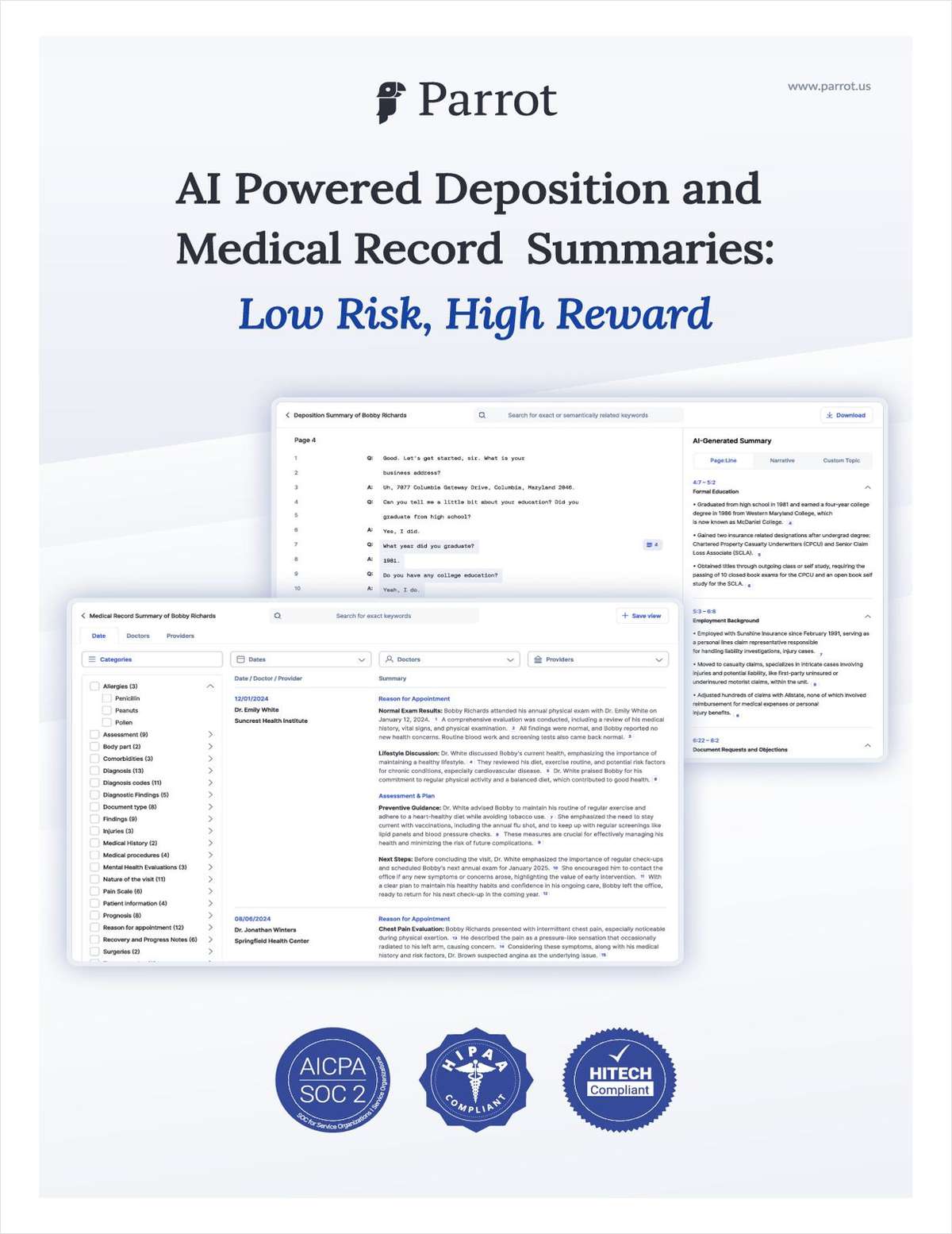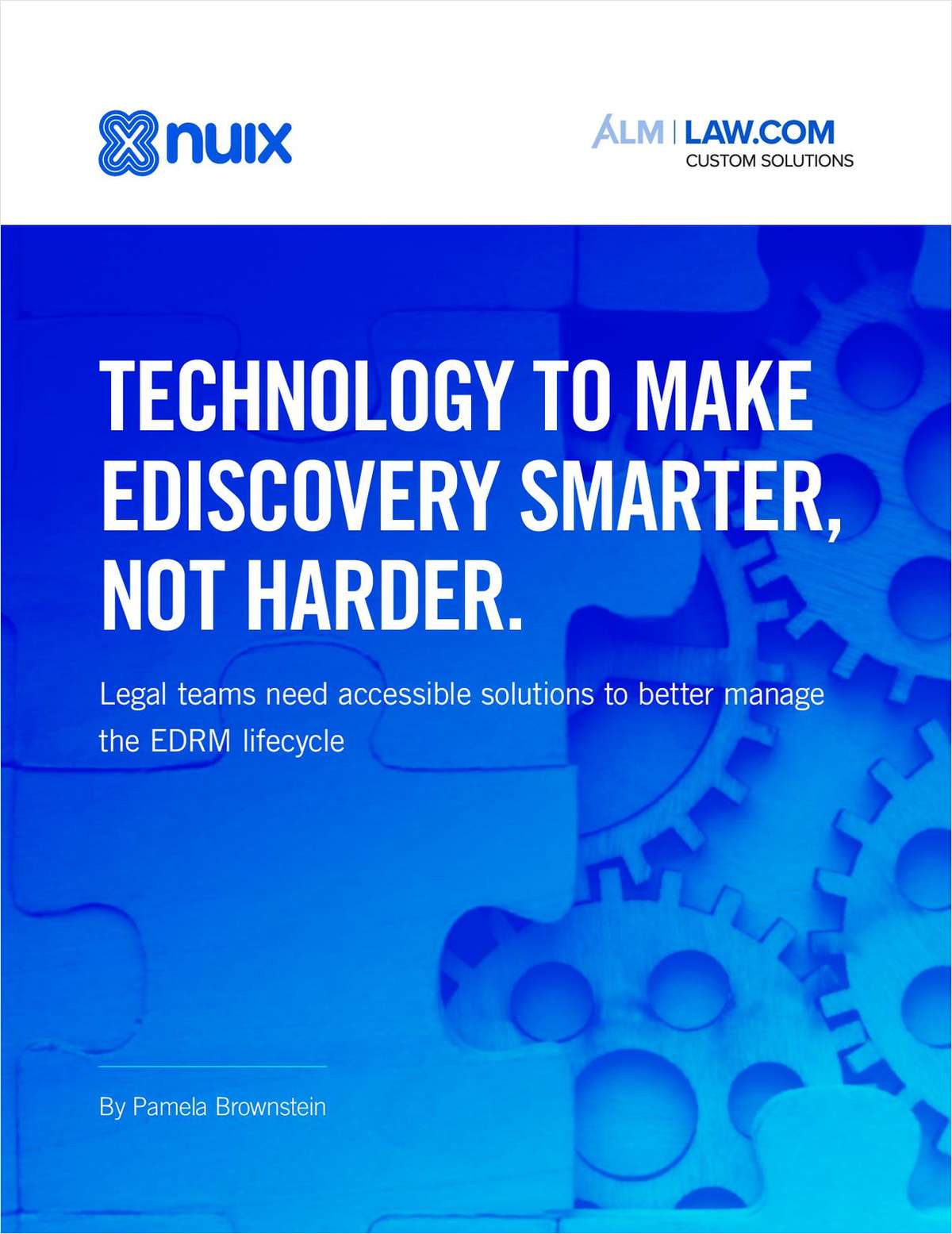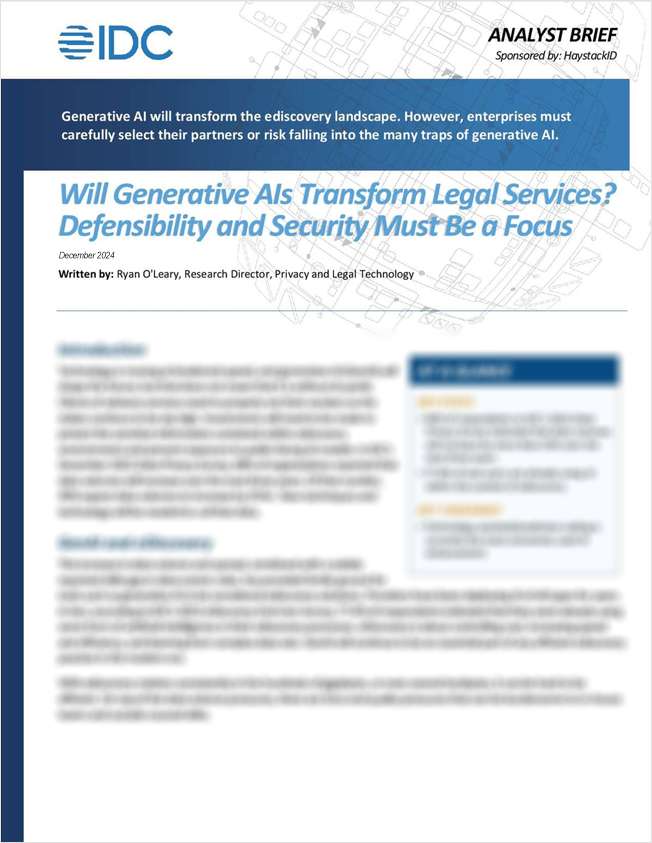 It is a truism that most civil cases are settled. A number of studies have put the aggregate settlement rate at 95%, although that seems unduly high, as such other forms of non-trial disposition (dismissals, voluntary discontinuances) may not be accounted for. According to the 2023 Annual Report of the Chief Administrator, 33,632 out of 165,101 civil cases in New York State Supreme Court, or 20%, were disposed by settlement. Only 1,322 verdicts were reported, representing less than 1% of the total dispositions.
It is a truism that most civil cases are settled. A number of studies have put the aggregate settlement rate at 95%, although that seems unduly high, as such other forms of non-trial disposition (dismissals, voluntary discontinuances) may not be accounted for. According to the 2023 Annual Report of the Chief Administrator, 33,632 out of 165,101 civil cases in New York State Supreme Court, or 20%, were disposed by settlement. Only 1,322 verdicts were reported, representing less than 1% of the total dispositions.
Aggregate settlement rates tell only a portion of the story. Tort cases generally have high settlement rates, perhaps because the parameters of compensation for discrete injuries are well known. Contract cases also settle at a high rate, which may be attributable to the parties' ability to evaluate both the responsibility for breach and the recoverable damages. Employment discrimination and constitutional tort cases may be more difficult to settle.
A 2008 study by DecisonSet, reported on by the New York Times, analyzed whether plaintiffs and defendants made the correct decision in passing up a settlement and going to trial. The study found that defendants made the wrong decision in 24% of the cases and plaintiffs made the wrong decision in 61% of the cases. In only 15% of the cases was going to trial the right call for both parties, meaning that the defendant ended up paying more than it had offered, but less than what the plaintiff had demanded.
When a party is disappointed with the trial outcome or with the result of motion practice, the stage is set for an appeal. At one time, it was widely perceived that the rendition of a verdict or the rendering of a decision would close the door to meaningful settlement discussions. After all, the prevailing side had prevailed. In more recent years, led by the appellate courts, the use of mediation during appeal has been increasing and increasingly successful.
The taking of an appeal is readily accomplished and not terribly expensive. A notice is prepared and served, and a filing fee paid. However, perfecting an appeal through the preparation and filing of briefs and an appellate record can be expensive. While the expense of submitting a record (including obtaining a transcript) is typically on the appellant in the first instance, where a cross-appeal is taken, the expense comes joint and may be shifted to the respondent if costs are awarded in the appellate decision. Costs are generally awarded to the prevailing party in civil appeals. Avoidance of substantial costs, and the legal fees associated with brief writing and oral argument, can be an incentive to mediate before an appeal is perfected.
Just as in the trial court, risk mitigation provides a powerful incentive to mediate during the appellate process. In 2023, in both the First and Second Departments, the Appellate Division reversed or modified in roughly 30% of the appeals decided after argument or submission resulted in reversal or modification. In the Court of Appeals, about 50% of the civil appeals decided in 2023 ended in reversal or modification. So, although the odds generally favor respondents and appellants have the burden of persuading the court that an error was made, respondents should recognize that there is always the prospect that the appellate panel will intercede. This is particularly true in the Appellate Division, with its unique authority to review the facts. Of course, both sides need to evaluate the persuasiveness of the trial court's rulings since, ultimately, the fate of the appeal will be significantly impacted by soundness of the nisi prius determination. In the personal injury realm, counsel will need to compare the damages awarded against awards recently affirmed or reduced on appeal for similar injuries.
Settlement may also be influenced by the appellant's ability and willingness to post a bond to secure a money judgment and by the respondent's assessment of the collectability of an award. Where a sizeable judgment is entered, the appellant may have difficulty obtaining an undertaking in order to secure a stay of enforcement pending appeal. As we have recently seen in the Trump civil fraud case, bonding companies will almost always require the posting of full cash collateral, covering principal and interest, as a condition of issuing a bond. Even if the appellant can put up the cash, the appellant may lose the ability to use or invest those funds pending appeal. And, of course, even if enforcement is stayed, interest on a judgment continues to run. On the other hand, if the damages exceed any available insurance, the plaintiff needs to consider how readily the award can be collected, the cost and expense of collection proceedings, and the potential for the defendant to file bankruptcy. There are cases in which the recovering party may agree to avoid the expense and delay of appeal, and the risk and uncertainty of collection, and accept an ironclad commitment for a prompt payment of a reduced sum.
Our appellate courts have led the way with successful court-annexed mediation programs. The Second Circuit pioneered appellate mediation with its 1974 creation of its CAMP program under which all counseled civil appeals, whether single issue or complex, are eligible for mediation. According to the court, the program has facilitated the resolution of hundreds of appeals and, even if a given appeal is not resolved, the process may help the parties to narrow and better frame the issues to be presented on the appeal. The court uses full-time circuit mediators and also has a pro bono mediator panel.
The First, Second, and Third Departments also have pre-argument mediation programs. The First Department suggests that appellants refrain from perfecting their appeals until after a scheduled pre-argument conference is held. The Clerk's office selects the cases for conference based on the information submitted when the appeal is taken, though generally Article 78 matters and child custody disputes are not selected. Conferences are generally conducted by Special Masters who are appointed by the court and who provide their services pro bono. In 2023, the First Department reported that 2,295 civil appeals were disposed of prior to argument or submission, including matters that were dismissed, withdrawn, or settled.
The Third Department created a Civil Appeals Settlement Program in 1998. Selected civil appeals are conferenced by a settlement officer appointed by the court. The court has recognized this program as a major factor in its efforts to deal with its increasing workload. In 2023, the Third Department reported that 1,181 appeals were disposed of prior to argument or submission.
The Second Department has two programs. One, its CAMP program, created in 1974, focuses primarily on unperfected appeals. Conferences are generally held within three months of the taking of the appeal and the court suggests counsel consider deferring perfection of their appeals pending the conference. Appeals are selected by the program administrator based on an assessment as to whether the appeals lend themselves to disposition through negotiation. The administrator considers the likelihood of resolving, or at least limiting, the issue or issues to be raised on appeal, and the possibility of negotiating a final resolution of the underlying litigation. Counsel on an appeal which has not been selected may request a conference. CAMP conferences are conducted by retired Justices of the Court (as JHOs) and by the program administrator. Roughly 25% of the noticed civil appeals are conferenced each year; on average, approximately 30% are settled in conference each year. All in all, the CAMP program succeeds in resolving approximately 10% of the noticed appeals each year.
During my tenure as Presiding Justice, the Second Department established a second mediation program, known as MCAMP, that focuses on appeals that have already been perfected and are awaiting a calendar date. Although the expense of the appeal has largely been incurred, MCAMP has proven to be helpful in aiding counsel to resolve cases and in helping the court with its heavy docket. Since 2022, over 300 mediations have been held, with 59 appeals being fully settled and another 62 cases being withdrawn, for a resolution rate of 38%. Mediations are conducted by special masters appointed by the court. Special masters provide 90 minutes of conferencing pro bono but may request compensation for additional time.
While none of these court-annexed programs require the parties to settle, the courts may require that counsel attend and participate. (See Matter of Schwartz, 177 AD2d 977 [2d Dep't]). The court websites provide easy access to the governing rules and provide further guidance.
Counsel are also free to agree to a private mediator. Any number of retired appellate judges are available to provide private mediation services. On a number of occasions, former appellate judges, myself included, have participated in moot court exercises designed both to enable counsel to prepare for argument and provide an evaluation of the appeal that may aid in considering a settlement pending appeal.
In short, the taking of an appeal may be a step that will advance, and not preclude efforts to resolve the matter.
Hon. Alan D. Scheinkman (Ret.) is a Hearing Officer for NAM (National Arbitration and Mediation). He is the former Presiding Justice of the Second Judicial Department of the New York State Supreme Court, Appellate Division, where he heard appeals in a wide variety of complex litigation matters that included business disputes, labor and employment partnerships, landlord and tenant, commercial foreclosure cases, business receiverships, business torts, matrimonial and family law, trusts and estates, defamation, land use and construction, health law and wage and hour cases. Judge Scheinkman was voted the #1 Arbitrator in the 2021 New York Law Journal "Best of" survey. He is available to arbitrate and mediate cases nationwide.
For any questions or comments, please contact Jacqueline I. Silvey, Esq. / NAM General Counsel, via email at [email protected] or at 646-737-1414 ext. 128.








